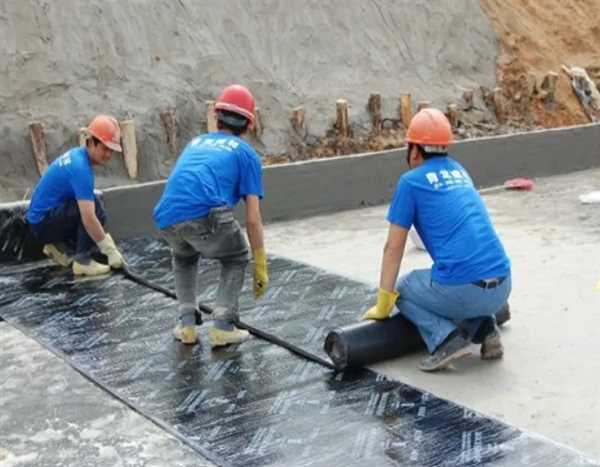Waterproofing systems are designed to prevent water from penetrating or damaging a structure. The specific properties of a waterproofing system will depend on the specific type of system being used and the intended application.
Here are some common properties of waterproofing systems:
- Watertightness: The ability of the system to completely prevent water from passing through it.
- Durability: The ability of the system to withstand wear and tear over time, as well as exposure to UV radiation and extreme weather conditions.
- Flexibility: The ability of the system to expand and contract with the movement of the structure, without cracking or failing.
- Adhesion: The ability of the system to bond securely to the surface to which it is applied.
- Ease of application: The ease with which the system can be applied by contractors or homeowners.
- Cost: The overall cost of the system, including the initial installation and any ongoing maintenance or repairs.
- Environmental impact: The potential impact of the system on the environment, including the use of potentially toxic chemicals or materials.
It is important to consider these and other properties when selecting a waterproofing system to ensure that it is suitable for the specific application and meets the needs of the user.

There are many different materials that can be used for waterproofing, including:
- Membranes: Waterproof membranes are thin layers of material that are applied to a surface to create a barrier against water. Membranes can be made from a variety of materials, including rubber, polyvinyl chloride (PVC), and high-density polyethylene (HDPE).
- Coatings: Waterproof coatings are applied to a surface to create a waterproof barrier. Coatings can be applied using a brush, roller, or sprayer, and can be made from a variety of materials, including acrylics, polyurethanes, and silicone.
- Cementitious waterproofing: Cementitious waterproofing involves the application of a cement-based mixture to a surface to create a waterproof barrier.
- Crystalline waterproofing: Crystalline waterproofing involves the application of a chemical compound that reacts with water and the minerals in the concrete to form a waterproof barrier.
- Waterproofing membranes: Waterproofing membranes are sheets of material that are applied to a surface to create a waterproof barrier. Membranes can be made from a variety of materials, including rubber, PVC, and HDPE.
- Waterproofing paints: Waterproofing paints are applied to a surface to create a waterproof barrier. Paints can be made from a variety of materials, including acrylics, polyurethanes, and silicone.
It is important to select the appropriate material for a particular waterproofing application based on the specific needs and requirements of the project.